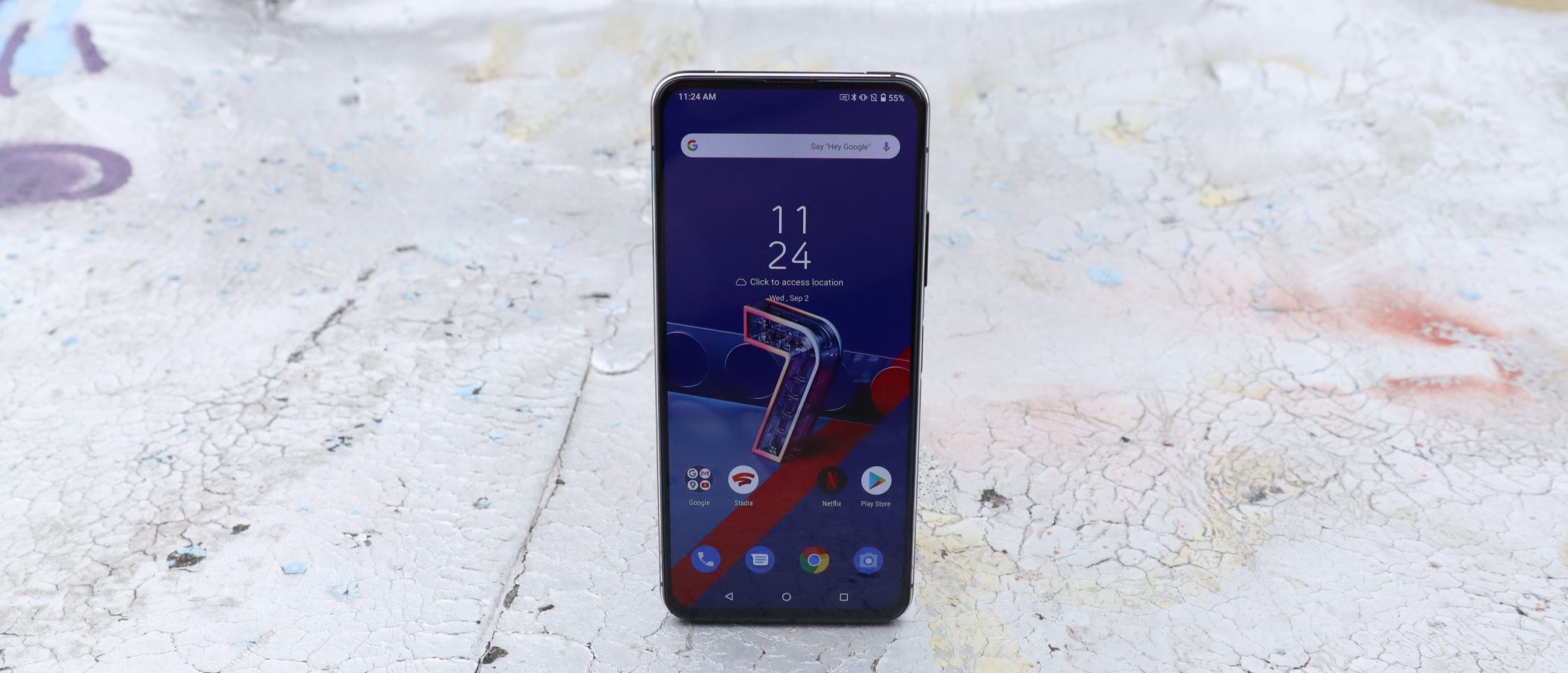TechRadar Verdict
The Asus Zenfone 7 Pro is an impressive flagship phone with a triple-rear camera array that flips around to the front to improve your selfie game. While it won’t outdo the best photography-focused phones on the market, the top-tier specs make this phone competitive with, if not a step ahead of, most other flagships on the market. Just don’t expect it to handle water or dust well.
Pros
- +
Flip cameras take great selfies
- +
5,000mAh battery still king
- +
Good speaker audio and crisp visuals
Cons
- -
Heavy, and not too comfortable to hold
- -
No wireless charging or in-screen fingerprint sensor
- -
Expensive compared to Zenfone 7
Why you can trust TechRadar
Two-minute review
The Asus Zenfone 7 Pro is an improvement on its predecessor in every way, from better specs and battery charging to adding a crucial third lens to its flippable camera. But beyond the same shooters for both taking regular photos and selfies, the phone is a pretty standard Android flagship.
That’s not a knock on the Zenfone 7 Pro, but it does indicate how central the flippable camera is to its appeal and feature set. You’ll take better selfies in certain situations, especially when using the ultra-wide camera to capture more of your surroundings. While using the main cameras to take front-facing shots doesn’t automatically result in higher-quality pictures than in other phones, it does mean the Zenfone 7 Pro can take Night Mode selfies – and the difference is staggering.
Otherise, the Zenfone 7 Pro’s specs are competitive with other flagships: a 6.67-inch Full HD Plus AMOLED front display (no notch, no punch-hole), a large 5,000mAh battery, a Snapdragon 865 Plus chipset, 8GB of RAM, and 256GB of storage.
If the 7 Pro has a secret edge on the competition, it’s in the perks inherited from the Asus ROG 3 phone released earlier in 2020, like advanced LPDDR5 RAM, a faster 30W charger included in the box, and the latest version of Asus’ gaming software. On the other hand, the phone distinctly lacks such modern features as wireless charging and in-screen fingerprint scanners (the 7 Pro’s biometric sensor is located in the lock button).
These omissions don’t sink our opinion of the phone, though they may rankle some fans who have come to expect such features if they’re paying top dollar for their smartphones – and rest assured, the Zenfone 7 Pro does cost top dollar.
What’s most disappointing may not be how the Zenfone 7 Pro stacks up to phones from other brands, but how it compares to the standard Zenfone 7 – which has the same cameras and only slightly worse specs for a notably lower price. While we couldn’t compare the phones side-by-side, on paper, they’re nearly indistinguishable, leading us to wonder what could justify the 7 Pro’s higher price.
Regardless, the 7 Pro competes ably with the Samsung Galaxy S20 and iPhone 11 Pro, though its appeal likely rests on whether the flip camera is worth avoiding some of the modern conveniences in those more recognizable phones.
Sign up for breaking news, reviews, opinion, top tech deals, and more.
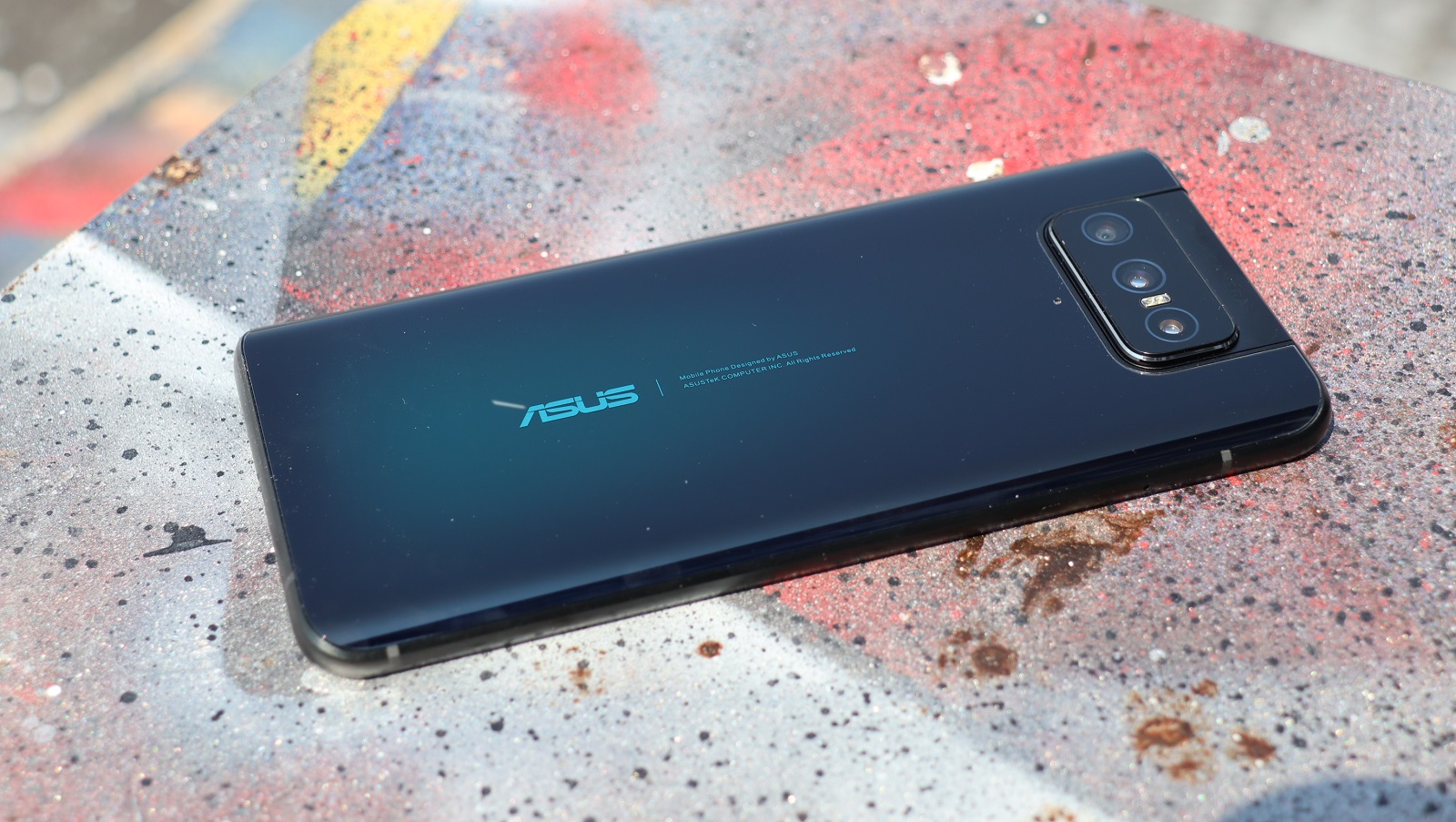
Zenfone 7 Pro price and release date
The ZenFone 7 Pro was released in Taiwan on August 26 and Europe on September 1, although it's unclear if and when it will be available elsewhere. The phone costs NT$27,990 (New Taiwan dollars), which converts to around $950 / £730 / AU$1,330. It comes in a single configuration with 8GB of RAM and 256GB of storage.
This pricing puts it well above the cost of the standard ZenFone 7, which starts at NT$21,999 (around $750 / £570 / AU$1,040) for the 6GB RAM and 128GB storage configuration. Given the minor differences in features between the two, it's a pretty big price gap.
The ZenFone 7 Pro comes in two colors: Aurora Black and Pastel Whit
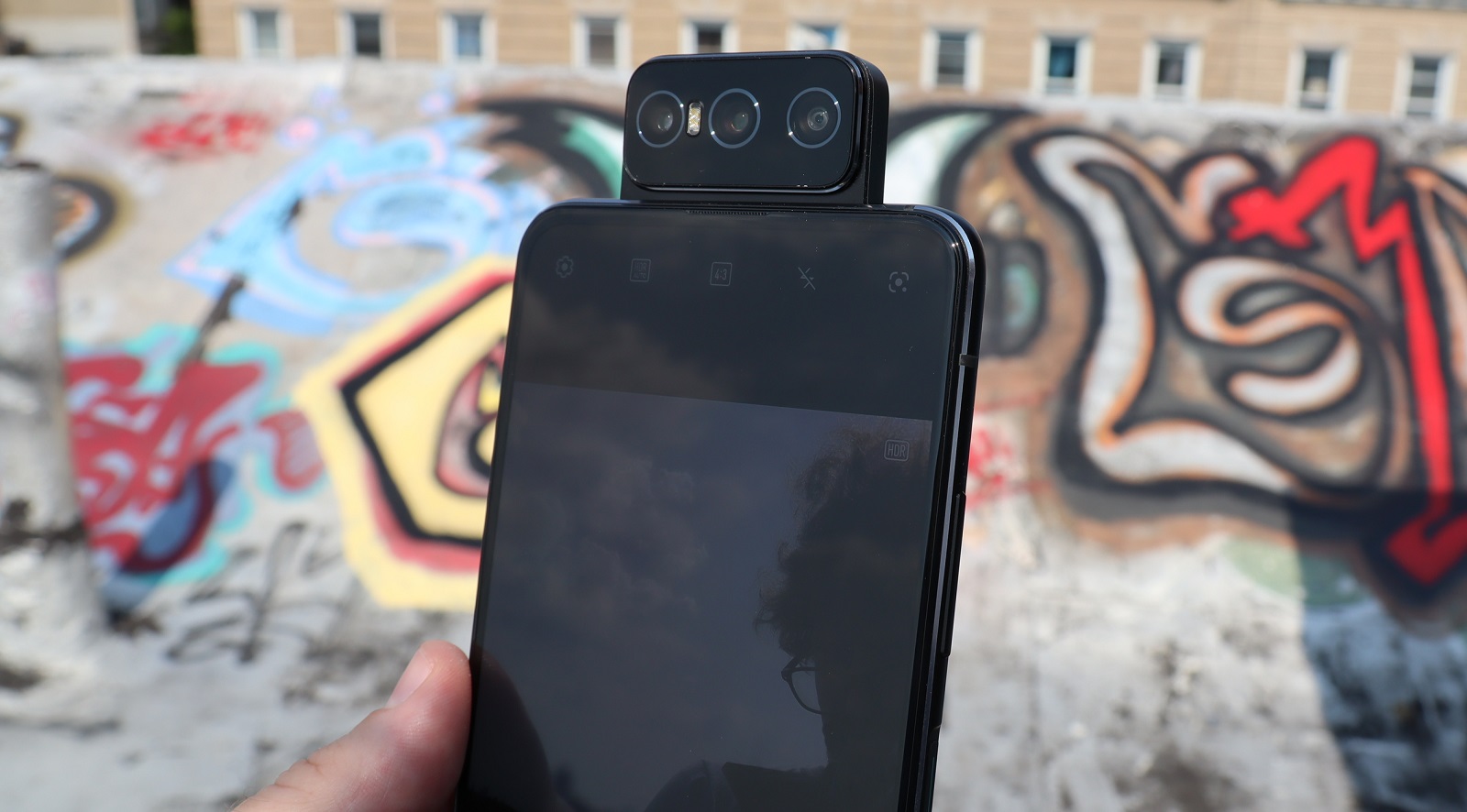
Design
The Zenfone 7 Pro looks a lot like its predecessor, the Zenfone 6, just in a slightly bigger size. The display is larger, the flip-up camera has an additional lens, and there’s even less bezel on the top and bottom chin.
The 7 Pro improves on its predecessor with some modernizing tweaks: the fingerprint sensor has been shifted from the back of the phone and integrated within the oversized lock button, which is mounted on the right side. Similar to other phones that have gone with button-based biometrics, like the Samsung Galaxy S10e, the Zenfone 7 Pro’s large button has some give, but is nevertheless accurate and fast in reading fingerprints. It takes some getting used to, though, and is easy to accidentally press.
The Zenfone 7 Pro is thick, though the back tapers down to a thinner edge to make it a bit easier to handle. But the sides are so thin they’re a bit tough to pick up when laying flat and it doesn’t feel totally secure to hold, as your fingers may curve around the matte metal sides to slip on the back’s glossy finish.
The flip-up camera takes up an even bigger chunk of the top section of the back, but doesn’t feel large or weighty – when you pop it open by switching to front-facing camera mode, you can feel gears and mechanisms spinning in the phone. It won’t jostle your grip, though. It’s much quieter than the grinding buzz on the Zenfone 6, too, with a whirring beep that’s audible but not alarming.

The Zenfone 7 Pro is, however, weighty: at 230g, it’s heavier than the iPhone 11 Pro Max (225g) and most other flagship smartphones. We’re guessing the camera flip motors are partially to blame, though the sizable 5,000mAh battery likely makes up some of the bulk. You’ll feel the heft when you pick up the phone, but at least the slender edges keep the phone from feeling chunky.
Small shout-out to the Zenfone 7 Pro’s sound, which feels just as tuned as that in the Asus ROG 3: while the phone only has a single bottom-firing speaker, it produces remarkably nuanced audio. Heck, the default sound when locking the phone is a lovely ‘click’ with a slight echo that’s a pleasure to hear. Yes, I’m complimenting a lock sound.
Unfortunately, the 3.5mm headphone jack has been removed, so you’ll have to make do with audio solutions that plug into the USB-C port. Tidbit: there’s a small light on the left of the port that indicates battery life, blinking green when fully charged, yellow when it’s plugged in and charging, and red when the capacity dips below 10%. Neat, and out of the way enough not to be distracting.
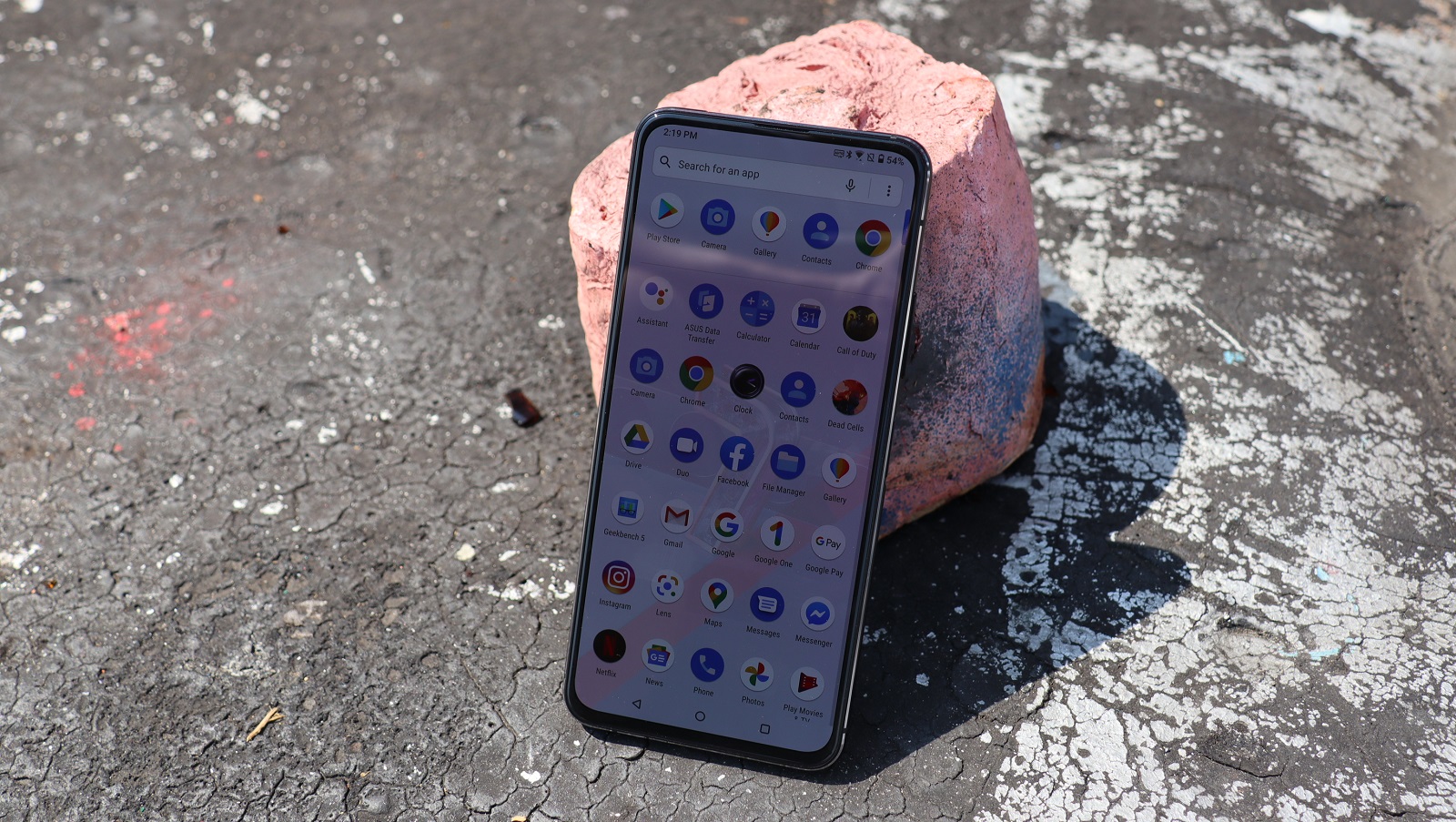
Display
The Zenfone 7 Pro’s notchless 6.67-inch AMOLED display looks sleek, especially given the rarity of smartphones with truly seamless screens. It’s slightly bigger than the 6.4-inch display on the Zenfone 6, but the reduced bezels make it look even more streamlined. True, there’s no in-screen fingerprint sensor, but that might be more of a personal disappointment (we like the biometric in the lock button) than a flaw.
And the 7 Pro’s screen is remarkably bright and crisp. Even if its Full HD Plus (2400 x 1080) resolution doesn’t quite reach the WQHD+ sharpness of the Samsung Galaxy S20 line, most of the content you’ll watch on Netflix and YouTube will be 1080p anyway.
What is notable is the 7 Pro’s display’s 90Hz refresh rate, which has a pleasantly smooth scrolling experience, whether you're browsing your social media feeds or just sifting through apps on the home screen. It’s not quite the 144Hz maximum of the Asus ROG 3 or the 120Hz caps of the Galaxy S20 series, but 90Hz is a serious step up from the industry standard 60Hz, and it's especially welcome for playing games like PUBG Mobile and others that support higher refresh rates.

Cameras
The Zenfone 7 Pro is more or less built around its flippable three-camera array, and while it’s novel to use the same cameras to shoot rear and front photos, this isn’t as much an advantage as we expected. The 7 Pro doesn’t always shoot better selfies than all other phones, suggesting that even when other handsets have inferior lenses and sensors, their photography benefits from better software tricks than Asus’ phone.
Instead, the 7 Pro’s advantages are situational: using the rear cameras for selfies results in some great depth effects in portrait mode, and the ultra-wide lens is legitimately handy for capturing more surroundings. This includes night mode, which is as good as some of the similar modes in phones like the Google Pixel 4 and Samsung Galaxy S20 line – but since it’s using the rear cameras, the 7 Pro shoots far better-lit night mode selfie photos.
The main camera is a 64MP f/1.8 shooter with OIS, while the ultrawide is a 12MP camera that includes a respectable but not industry-leading 113-degree field of view, and the 3x optical telephoto lens maxes out at 12x digital zoom. The zoom lens is the weak link, especially compared to the admirable 30x max digital zoom in the Galaxy S20; and unless you’re taking sneaky shots of something behind you, it’s questionable whether you’ll ever find a use for a front-facing telephoto lens.
The main lens can record video up to 8K at 30fps, while the ultrawide can capture video up to 4K at 60fps. The photo modes that take advantage of the flip camera, like the subject-following motion tracking mode and auto-panning panorama, return as well. We didn’t find these terribly useful, to be honest, though the auto-pano does produce more evenly-edged widescreen photos than other phones.
Camera samples
Here's a few shots showing off the general capabilities of the Zenfone 7 Pro's cameras doing what cameras mostly do: taking basic photos in rear-facing mode.

Main lens

Ultrawide lens

Fully zoomed in

The zoom again - from a selfie perspective?

For flavor, an outdoor park shot.
Moving on, here's where the camera stands out: selfies!

Basic selfie
Notice the hair and crisp lines around the shirt edges, where other phones' selfie shooters falter with fuzzy edges due to software compensation.

Zoom out a little! This is the ultra-wide lens by comparison.

Portrait mode
And finally, night mode. Note the second photo – a selfie that outperformed every other phone's night mode selfie (Google Pixel 4 XL, iPhone 11 Pro Max, Samsung Galaxy S20 Plus).

As pitch dark as it gets...in Brooklyn's Prospect Park.

Nearly pitch dark - which outperformed every other phone's night mode selfie (Google Pixel 4 XL, iPhone 11 Pro Max, Samsung Galaxy S20 Plus).

Still technically night mode, but on a sporadically-lit Brooklyn street.
Performance
The Zenfone 7 Pro packs a Snapdragon 865 Plus 5G chipset, an Adreno 650 GPU, 8GB of LPDDR5 RAM, and 256GB of UFS 3.1 storage (expandable up to 2TB via microSD). It’s fast, it’s sleek, and it has run whatever we’ve thrown at it, from games to media to browsing shows.
The Zenfone 7 Pro runs Android 10 out of the box, and promises a year of upgrades. That’s noticeably less than the three year commitments that Samsung and other Android phonemakers are starting to promise.
The ZenUI 7 is one of the cleaner Android overlays we’ve seen, though there are plenty of additional settings to tinker with that Asus has added, especially with the battery. But since it’s Asus, the Game Genie center and gaming settings overlay is the most robust addition. From here, you can easily tinker with brightness, refresh rate, call silencing, and other helpful settings.
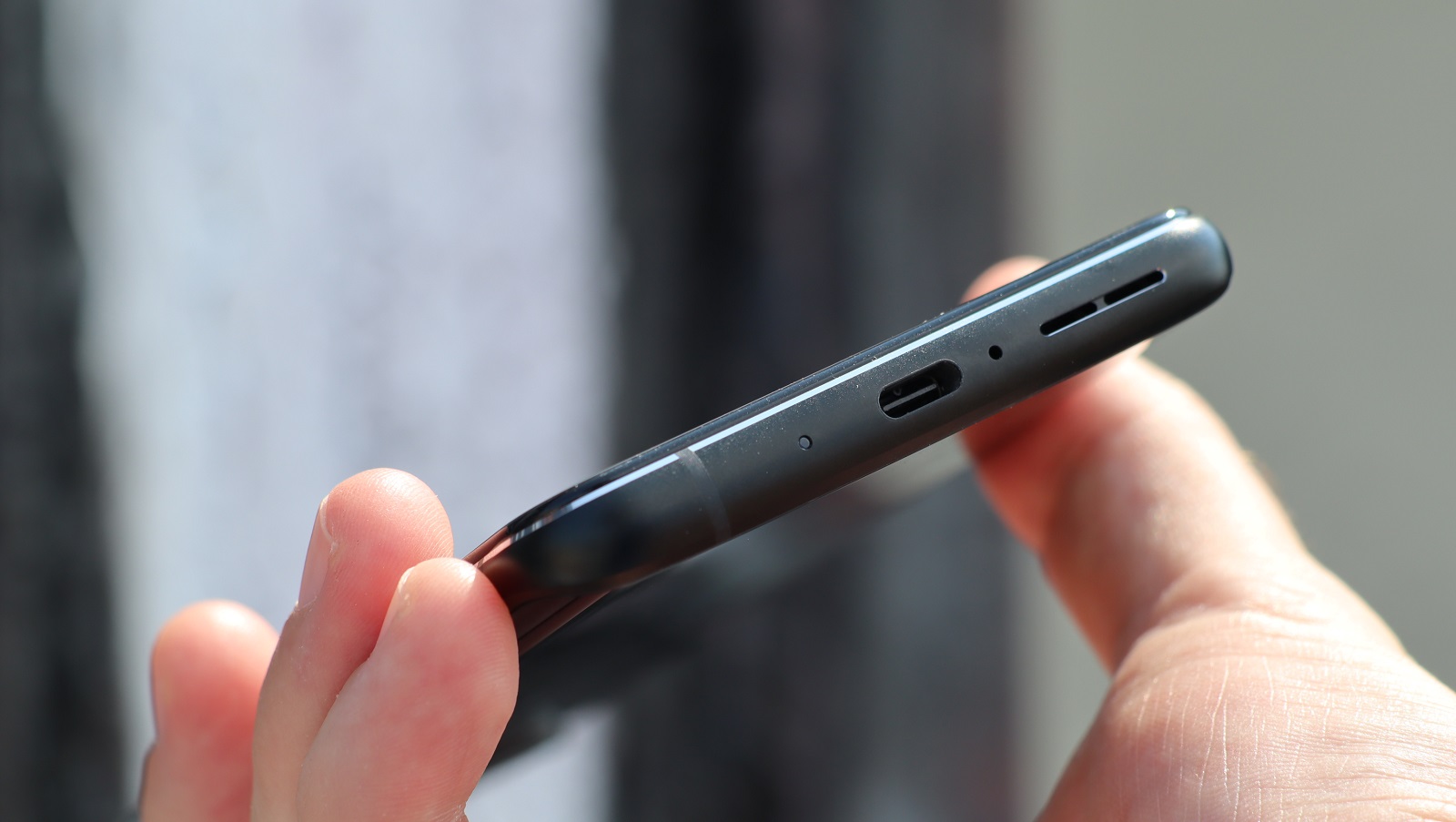
Battery
The Zenfone 7 Pro’s battery may have the same 5,000mAh capacity as the Zenfone 6, but it’s still larger than the battery on almost every other phone on the market. In our testing, it easily lasted into a second day, which pairs well with the new faster charging.
As previously mentioned, the Zenfone 7 Pro comes with a 30W charger in the box, an improvement on the 18W charger that accompanied the Zenfone 6. Despite the massive capacity, we saw our 7 Pro recharge around 50% battery in just over half an hour, and go from 10% to 89% in 60 minutes flat.
Yes, the phone was a bit warm after fast charging with the 30W charger. You can avoid this heat, and prolong the lifespan of your battery, by enabling a software feature inherited from the Asus ROG 3: slow charging. Yes, you can set limits on how fast your Zenfone 7 Pro charges, as well as put a ceiling cap on how high it will charge to (80%, 90%, or 100%) – by Asus’ estimation, limiting to 80% over a two-year period only depletes the battery’s full capacity by 7%, while fully charging results in a 15% loss.
The Zenfone 7 Pro does make some concessions – notably, it doesn’t have wireless charging, likely to save more space for battery capacity, as has been the case for past Asus handsets. It’s not something that we missed given the much faster
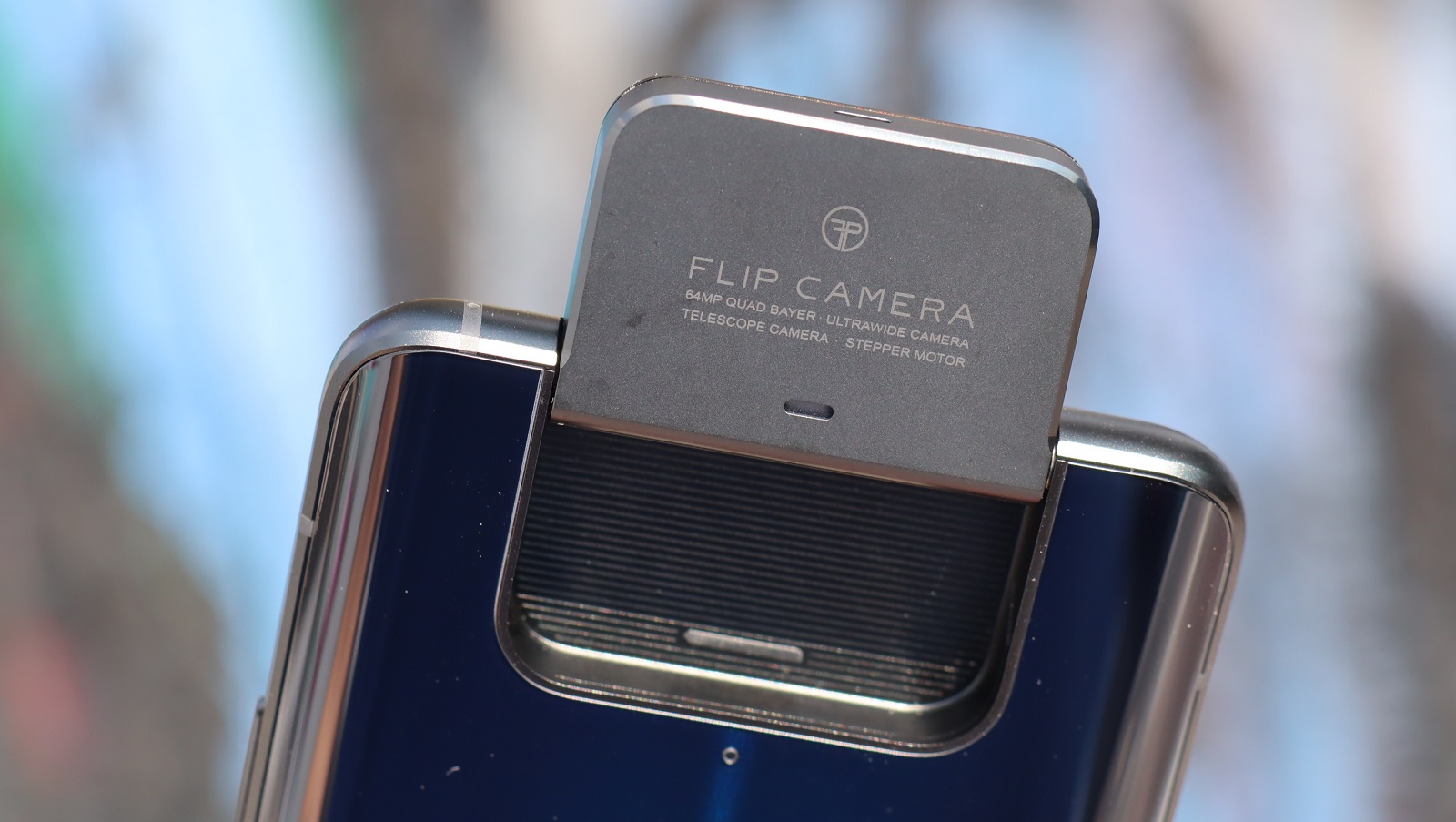
Buy it if...
You’re a selfie diehard
Yes, the phone’s cameras work just fine for standard photography, but they really shine when taking front-facing photos. Shoot your shot, selfie queens.
You want more battery life
Most other flagship smartphones pack 4,000mAh batteries these days – unless you opt for pricey extreme-tier handsets like the Samsung Galaxy S20 Ultra. Pick the Zenfone 7 Pro not just for more capacity, but blazingly fast recharging, too.
You want a gaming phone with a normal exterior
Alright, here’s the real deal: the Zenfone 7 Pro inherits several cool perks from the Asus ROG 3, especially with its gaming modes. If you can live without AirTriggers and gamer-chic looks, the Zenfone 7 Pro is a stylish alternative.
Don't buy it if...
You’re not exactly careful with phones
The Zenfone 7 Pro’s flip camera is a potential weak point, and while the camera retracts when the accelerometer senses the phone may have been dropped, any blow could disrupt the mechanism. The same goes for any water or dust that creep in.
You like lightweight phones
The Zenfone 7 Pro’s 230g is hefty and its 9.6mm thickness is noticeable – you’ll feel it when you haul your phone around all day and pull it out for photos. If you want a slender Android device that’s easier to handle, look elsewhere.
You don’t want to pay top dollar
This is more a commentary on the standard Zenfone 7, which seems to offer nearly all the 7 Pro’s perks at a lower price. With a slightly slower Snapdragon 865 chipset and 6GB RAM/128GB storage baseline spec, you’re not giving up much for the notably cheaper Zenfone 7.

David is now a mobile reporter at Cnet. Formerly Mobile Editor, US for TechRadar, he covered phones, tablets, and wearables. He still thinks the iPhone 4 is the best-looking smartphone ever made. He's most interested in technology, gaming and culture – and where they overlap and change our lives. His current beat explores how our on-the-go existence is affected by new gadgets, carrier coverage expansions, and corporate strategy shifts.
